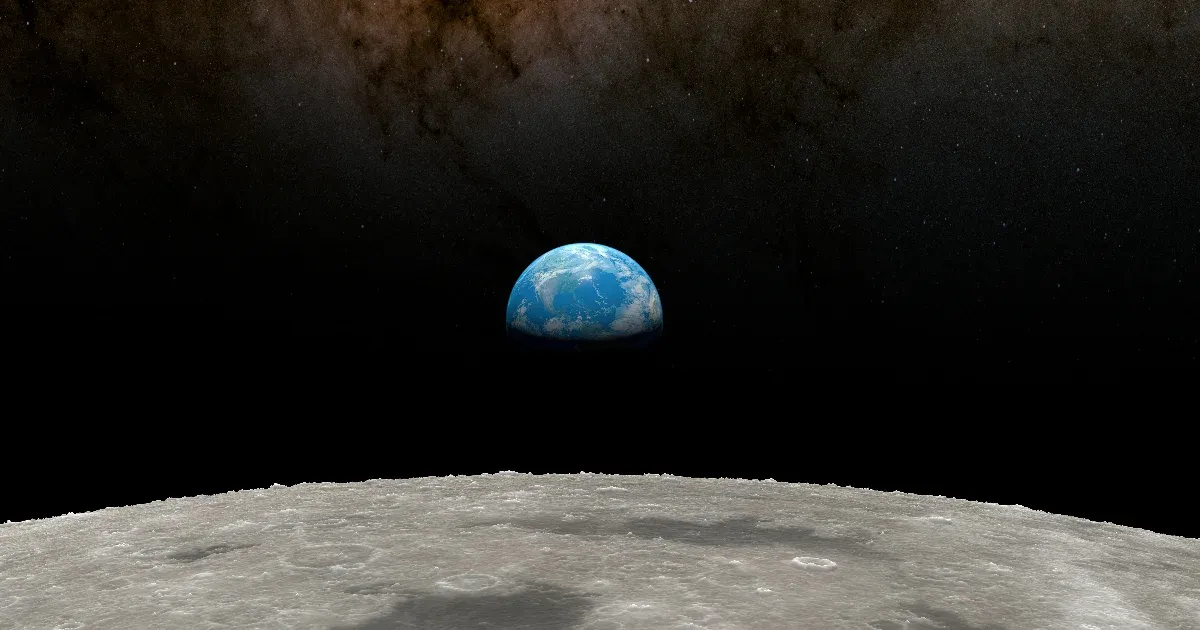A German research group may have found a solution to one of the greatest mysteries of cosmology: Hubble tension, the rate at which the universe is actually expanding. According to scientists, the uncertainties and differences in measurements so far are due to the fact that our planet simply lies in an enormous void. Live science writing.
In 1929, Edwin Hubble discovered by examining redshift that the universe is not static, but is constantly expanding. He created the Hubble constant, which shows the rate at which the surrounding space expands when looking at a given point. Based on Hubble’s calculations, it was possible to calculate the approximate time of the emergence of the universe for the first time, and this also led to the development of the Big Bang theory.
There are several ways to measure the Hubble constant, and this is where the problem starts: When scientists calculate it locally, based on supernova explosions, they get a different value than when they measure it based on cosmic microwave background radiation. Both methods show in almost parallel that after the big bang the expansion slowed down for a while and then began to accelerate, but the values are not identical. Many researchers speculate that the physics of dark matter and dark energy could explain this difference.
There is no doubt that one of the biggest mysteries of cosmology, that is, the science of astronomy that deals with the origin of the universe, is this problem called the Hubble tension. Researchers from the University of Bonn In their studies Now they explain a possible explanation: behind the measurement differences, the Earth exists in a super-vacuum.
The Hubble constant measured based on cosmic background radiation is 70 kilometers per second, and has long been accepted as general based on the Standard Model. However, if the expansion rate is measured not for background radiation, but for nearby galaxies and supernovae, we get a value 10% higher than before.
The German researchers’ explanation for this is that we live in a large vacuum, that is, in an area with lower than average density. This could also affect local measurements if matter “flows” out of the vacuum, meaning denser regions around the vacuum extend into the space surrounding Earth, acting under a stronger gravitational influence than the vacuum.
If this theory is correct, Earth should be in the middle of a void, which is roughly a billion light-years across. In this case, of course, the word emptiness and emptiness should not be taken literally: according to the researchers’ calculations, it will be approximately 20 percent rarer than the space surrounding it.
It is worth noting that according to the standard model, a large and deep void is unlikely to exist, so the idea itself is quite controversial. To further prove their theory, the researchers used a theory called modified Newtonian dynamics (MOND), which was originally created to explain anomalies in the speed of rotation of galaxies. According to MOND, this phenomenon cannot be explained by dark matter, but by Newtonian physics. The early expansion rate of the universe in the MOND model is similar to the Standard Model, but structures such as galaxy clusters would grow faster. This theory would allow local measurements of the Hubble Constant to fluctuate depending on where we measure.
In measurements at different locations, the so-called bulk flow can help, which shows the average velocity of the material in a given sphere, and it does not matter how dense the material is in that sphere. At this scale, the speed of galaxy flow is four times what the Standard Model predicts. The speed appears to increase with the size of the observed region, which is also inconsistent with the Standard Model. However, with these calculations, the vacuum theory holds up.
Of course, at the moment, this theory has not resolved the Hubble tension with certainty, but it could provide a better explanation than currently existing models. According to the researchers, the problem is that it is not possible to observe how gravity behaves on such a huge scale, but Einstein’s general theory of relativity may also need to be rewritten if the theory is already established.












































